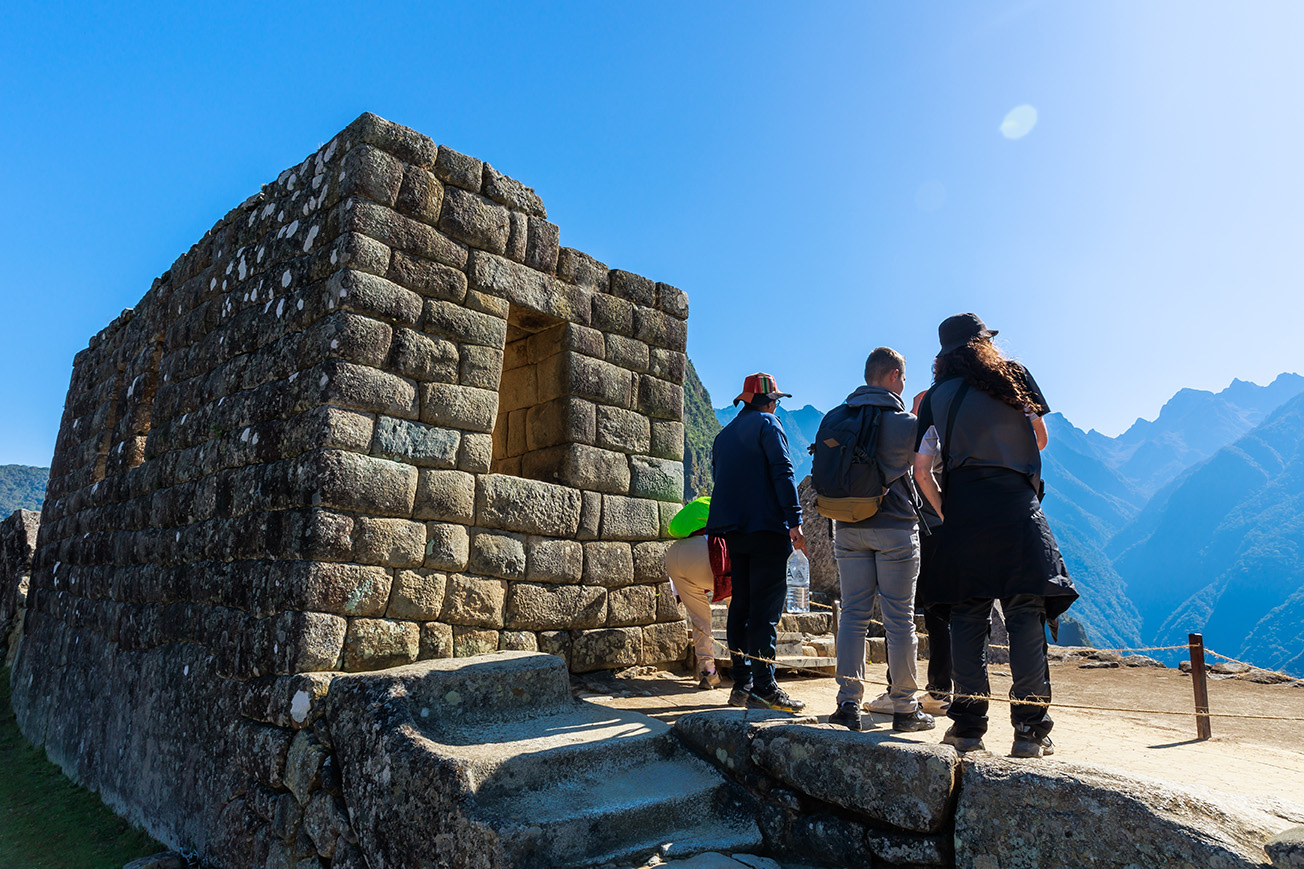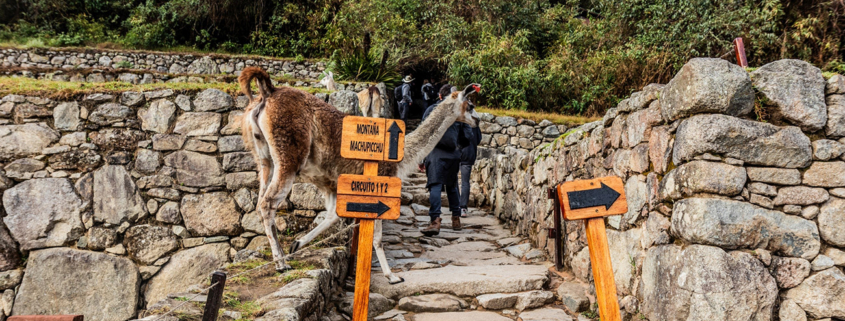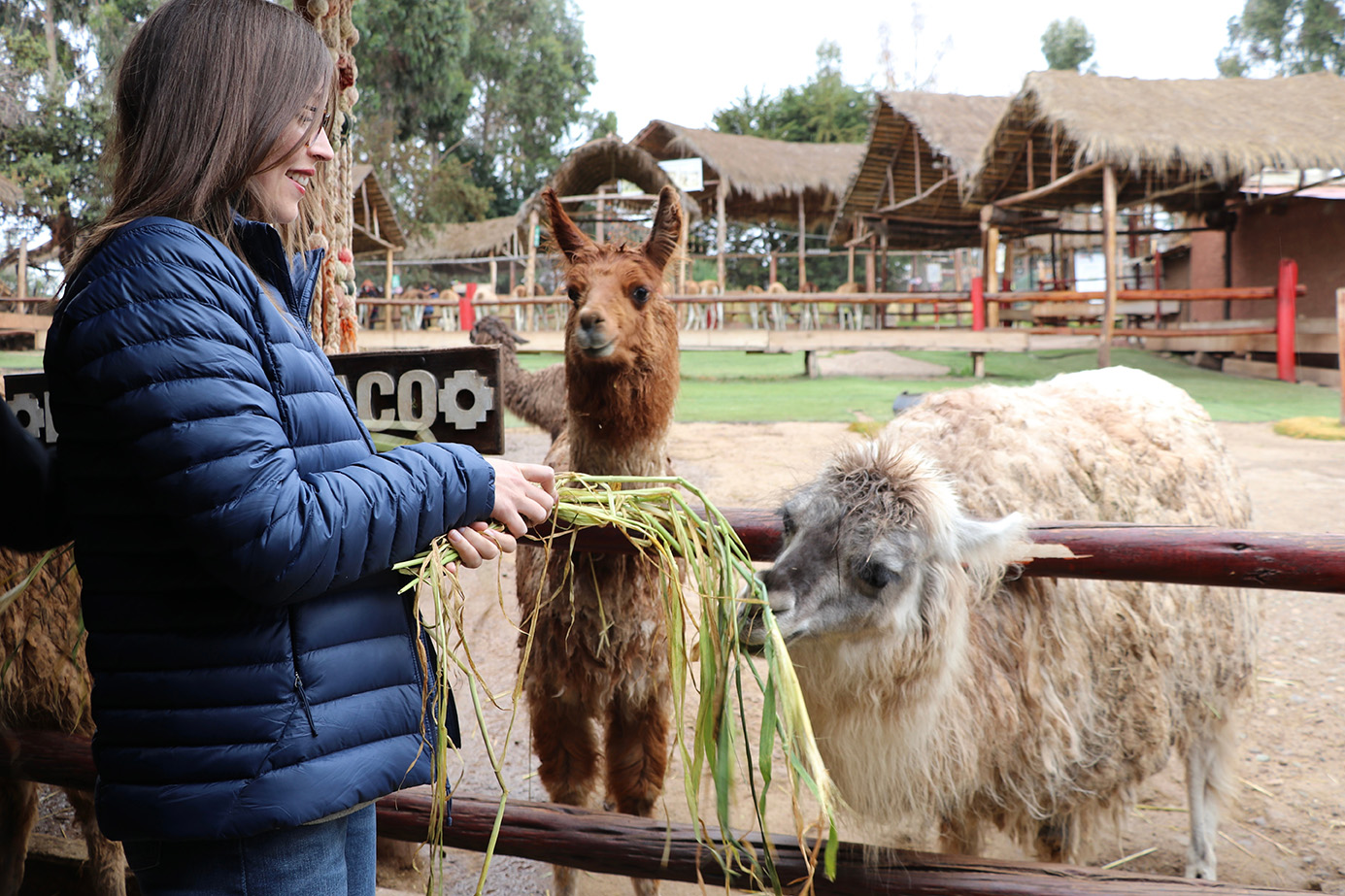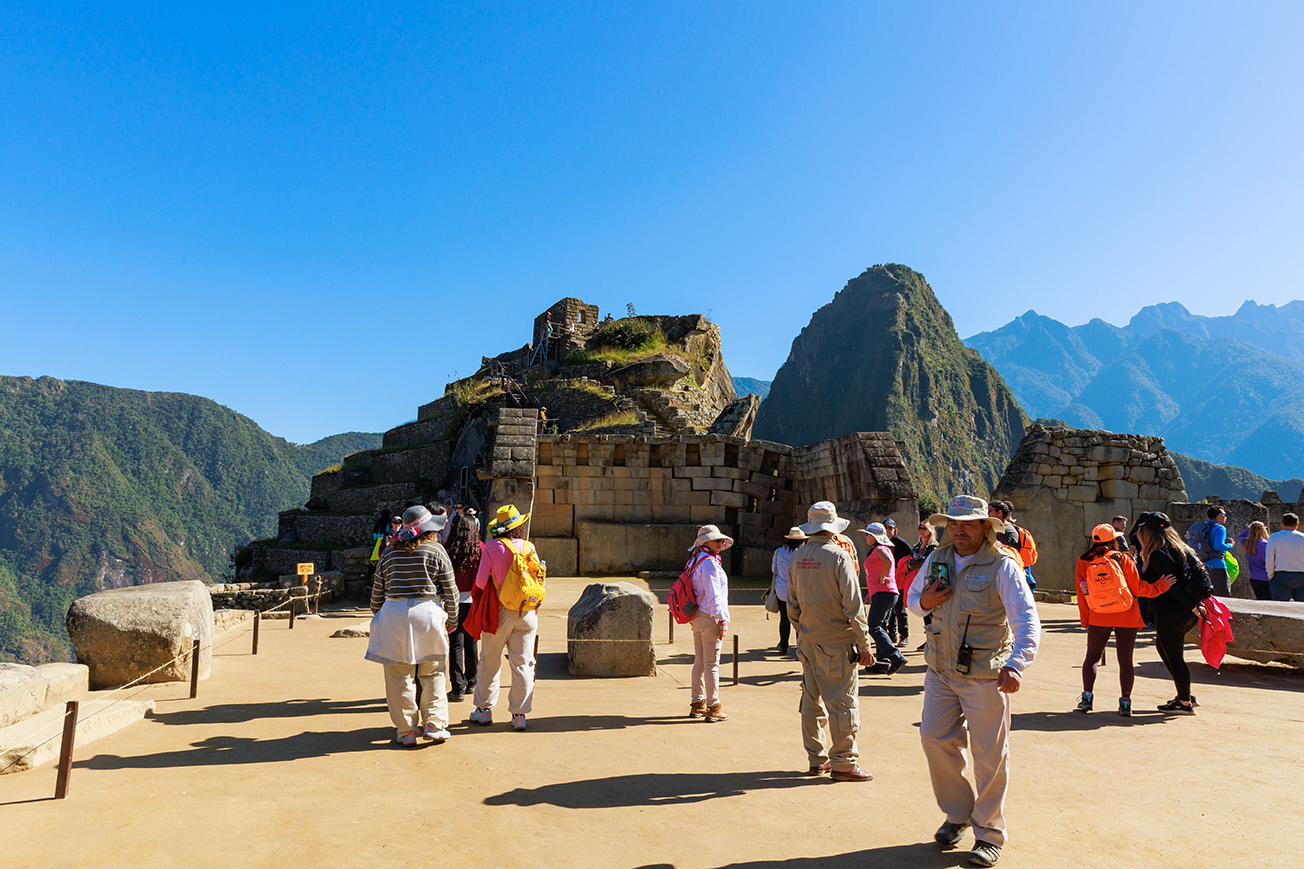Is Peru Safe for Travelers?
Travelers want their adventures to be memorable for the right reasons. Staying safe is key.
In this guide, Caravan’s travel professionals explore the risks involved in a trip to Peru, name the safest and least-safe locales, and detail what precautions to take when visiting the country.
How Safe Is Peru Overall?
Peru is one of the safest travel destinations in Latin America, particularly when it comes to crime.
That doesn’t mean travelers face zero risks. But, it does mean that the risks are typically slight and easy to mitigate.
Before diving in deeper, let’s get some elephants out of the room.
Is Peru A Safe Country Despite Ongoing Protests?
Yes, Peru is still a safe country to visit.
The political protests have not happened in neighborhoods and regions that draw in travelers (like Machu Picchu).
How Common Is Violence Against Tourists?
Violent crime targeting tourists is vanishingly rare in Peru.
There have been zero violent crimes or kidnappings targeting tourists in Peru in the last ten years.
Most Common Crime Risks Travelers Face
Anyone traveling to Peru faces some risks.
By planning ahead, travelers can significantly mitigate—or eliminate—the most common hazards.
To do that, be aware of the three types of crimes visitors deal with most often.

1. Theft & Pickpocketing
Petty theft and pickpocketing are risks in most major travel destination cities—particularly in well-trafficked public areas.
Peru is no exception.
Non-violent theft is, by far, the most frequently cited risk experienced by people visiting the country.
2. Taxi Scams
Taxis scams are instances where a taxi driver over-charges passengers or takes a longer route than necessary.
Or, the taxi driver pressures travelers to change their destination to the driver’s “preferred hotel,” which is offering the driver kickbacks.
3. Travel Fraud
Travel fraud can happen before someone even sets foot in Peru. It’s designed to steal people’s personal information.
Travel fraud is when a con artist impersonates a travel agency, airline, or hotel online. Common types of travel fraud include:
- Fake websites (impersonating hotels or travel agencies)
- Phishing emails claiming the recipient won a trip to Peru
- Fraudulent listings on sites like Airbnb or VRBO
These scams encourage travelers to input their credit card information to book, then steal that data.
Safe Destinations and Areas to Avoid
Like most countries, Peru’s cities and neighborhoods vary. Here’s where different Peruvian places land when it comes to safety.
Is Lima, Peru Safe?
Lima is the capital of Peru. As such, it’s been the site of a lot of political activity in recent years—including protests.
Fortunately, these upheavals haven’t negatively affected many of Lima’s most beloved neighborhoods and districts.
Lima’s Safest Places
Much of Lima is safe for visitors. Four neighborhoods have even earned the highest ratings for safety:
- Barranco (arts district)
- Miraflores (cultural heart)
- San Miguel (home of Parque de las Leyendas)
- San Isidro (upscale and eco-friendly)
Outside of these districts, two places are specifically known as safe and welcoming to daytime visitors:
- Plaza de Armas, part Lima’s preserved historic center
- Playa La Punta, a coastal beach, and the Palomino Islands just offshore
Unsafe Districts In Lima
Most unsafe districts pose risks due to their economic instability, not recent political events. Still, visitors should avoid these parts of Lima:
- Barrios Altos
- Ate Vitarte
- La Victoria
- San Martín de Porres
- Gamarra Market in San Juan de Lurigancho
The Most Dangerous Regions of Peru
The U.S. State Department has put certain areas of Peru under its highest travel advisory: Level 4, Do Not Travel.
Peruvian regions under maximum advisory include:
- The Colombian-Peruvian border area in the Loreto Region
- The Valley of the Apurímac, Ene, and Mantaro Rivers (VRAEM)
- Areas within the Departments of Ayacucho, Cusco, Huancavelica, and Junín.
Global Affairs Canada (GAC), Canada’s Advisory Council, recommends “avoid[ing] non-essential travel” to several parts of Peru. These include:
- The Peru-Ecuador border region
- Huallaga and Tocache provinces in the department of San Martín
- Padre Abad province in the department of Ucayali
- Huacaybamba, Humalíes, Leoncio Prado and Marañón provinces in the department of Huánuco
- Concepción and Satipo provinces in the department of Junín
- The districts of Abancay, Andahuaylas and Chincheros in the department of Apurímac
- Huanta and La Mar provinces, in the department of Ayacucho
The Safest Places In Peru
In addition to the parts of Lima noted above, many other parts of Peru are safe to visit.
The U.S. Department of State has exempted the following places from its travel advisory, as they’re unaffected:
- Cusco (city)
- The Sacred Valley
- The Inca Trail
- Machu Picchu
Lake Titicaca and its islands have maintained their reputation for their peacefulness and low crime rates.
3 Smart Steps To Stay Safe in Peru
1. Prevent Theft With Accessories, Itinerary
To deter pickpockets, secure any valuables to the front of your person. Consider a belt bag. Use a pack with anti-theft mechanisms, like lockable zippers or slash-resistant fabric.
Don’t travel alone. Stick with a group or knowledgeable guide.
Don’t go out after dark.
Explore safe areas, like Machu Picchu. Avoid high-risk areas near the border.
2. Use Taxis & Shuttles Safely
Ride with a professional Peruvian driver.
Don’t hail a cab. Call a dispatch service instead.
Use registered taxi and shuttle services, particularly those partnered with an airport or major hotel. Popular registered brands include:
- Intur Peru Travel Servis In Cusco
- Airport Express Lima
- Taxidatum
- Quickllama Airport Shuttle
- Taxi Mundo
- Kosta Taxi
Only use rideshare apps as a last resort.
3. Implement Anti-Scam Strategies
Stay alert for online travel scams featuring Peru. Verify any information with a second source.
Negotiate a fair rate with your taxi driver before you head out.
Experience Peru Safely With Caravan
Caravan’s eight-day Tour of Peru With Machu Picchu is all-inclusive and completely guided.
Call +1-312-321-9800 to learn more. Or, phone our team at 1-800-227-2826 to book your spot today.


